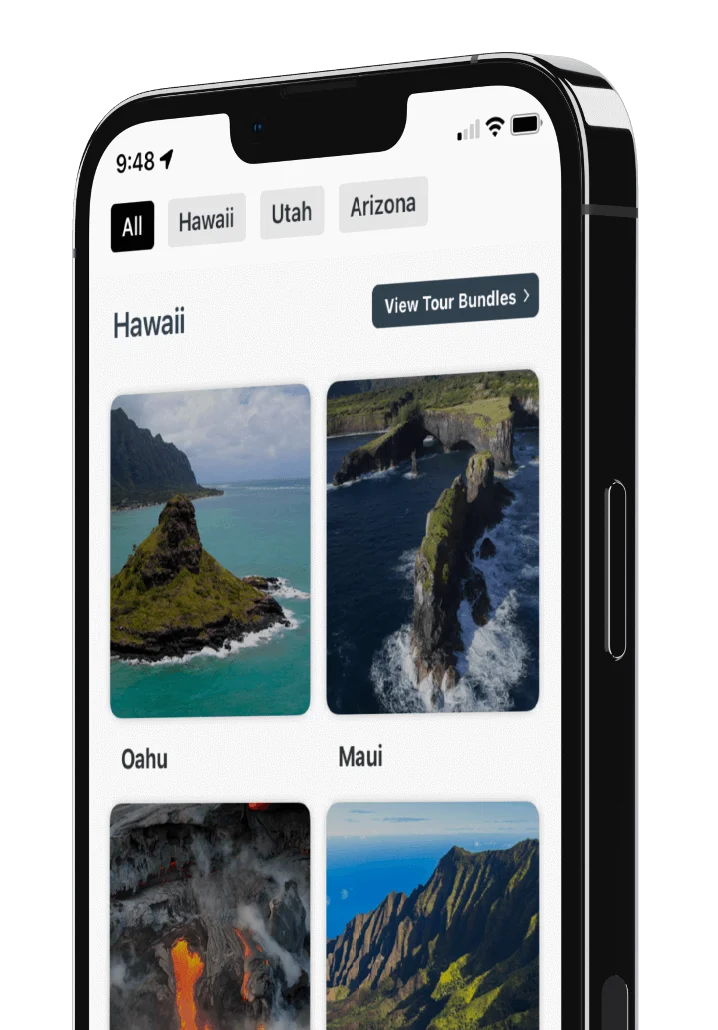
The Birth of American Paleontology - A Badlands National Park Story

[Transcript]
Upcoming Stop: The Fossil Exhibit Trail
In about five minutes, we'll reach one of the best nature trails in the whole park, the Fossil Exhibit Trail. There, you can walk a quarter-mile boardwalk through 75 million years of geological history, and you'll see some of the unusual fossils found here at Badlands National Park. According to the park rangers, one of the questions they're asked most often is, are there any dinosaur fossils here? The answer is, not really.
The Underwater Past of the Badlands
Why is that? Well, dinosaurs lived on land, and when dinosaurs were alive during the Mesozoic era, up until around 66 million years ago, this area was mostly underwater. So, any fossils from that time belonged to marine animals, like the Mosasaurus. You can listen to a bonus press-to-play track at our next stop to learn about this mighty Mosasaur.
Mammal Fossils and Paleontology
So, while you won't find any dinosaur fossils in the Badlands, the park does have the highest concentration of mammal fossils in the entire national park system. And we know this thanks to paleontology. Paleontology is the scientific study of the history of life on Earth as revealed by the preserved remains, or traces, of organisms that lived in the distant past.
Fossils including bones, teeth, shells, imprints, and more are all around us. By studying fossils and the area where they're found, paleontologists can reconstruct the Earth's past. This provides us with valuable insights into the evolution of life, the history of ecosystems, and the changes in climate and environments.
The Origins of Paleontology
Essentially, paleontology helps us piece together the puzzle of prehistory. The study of paleontology can be traced back to around 1725, when two people in South Carolina uncovered the molars of a woolly mammoth. Then, in 1750, land surveyors in Kentucky uncovered the entire jawbone of a mastodon, a distant cousin of the mammoth, which caught the attention of scientists around the world.
Even Thomas Jefferson was fascinated by fossils. In 1797, he helped identify the fossil remains of an ancient sloth. A few years later, Jefferson asked Lewis and Clark to keep an eye out for fossils on their famous 1804 expedition to the West Coast.
The Magic of Paleontology
Disappointingly, they only stumbled upon a handful of fossils, almost none of which have survived. Like all the great sciences, one of the best things about paleontology is how it sparks the imagination. It allows us to imagine a completely different world from our own, but one that existed in the same space we occupy today.
Think of all the stories, the books, the movies, the fantasy that fills our minds, knowing there were these ancient creatures that walked the Earth. And imagine how much smaller our world would feel if fossils had never been discovered. Over the years, thousands of fossils have been found in the Badlands, including ancient rhinos called brontotheres, saber-toothed cats called nimravids, and ancient horse-like mammals called oreodonts.
Your Chance to Discover History
And new fossils are still being discovered in the Badlands. It's entirely possible that you might find one. If you do come across a fossil, be sure to leave it where it is and notify a park ranger.
Later in the tour, I'll tell you about some extraordinary fossils found by ordinary folks like you and me.

 Buy Gift Card
Buy Gift Card

















